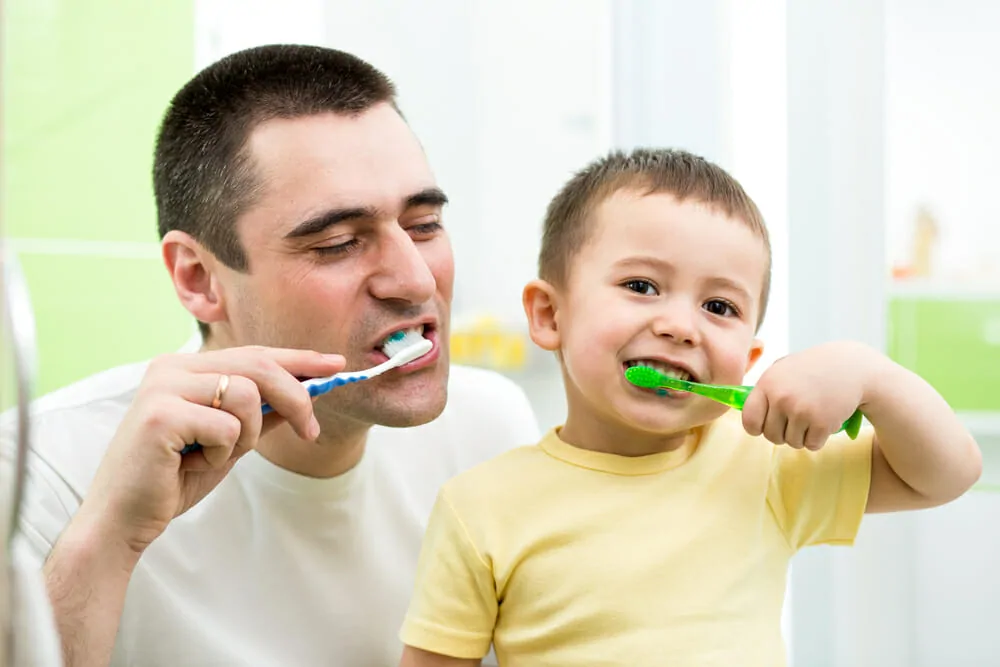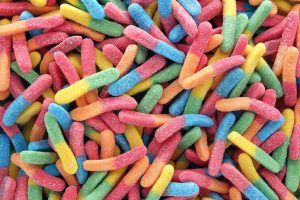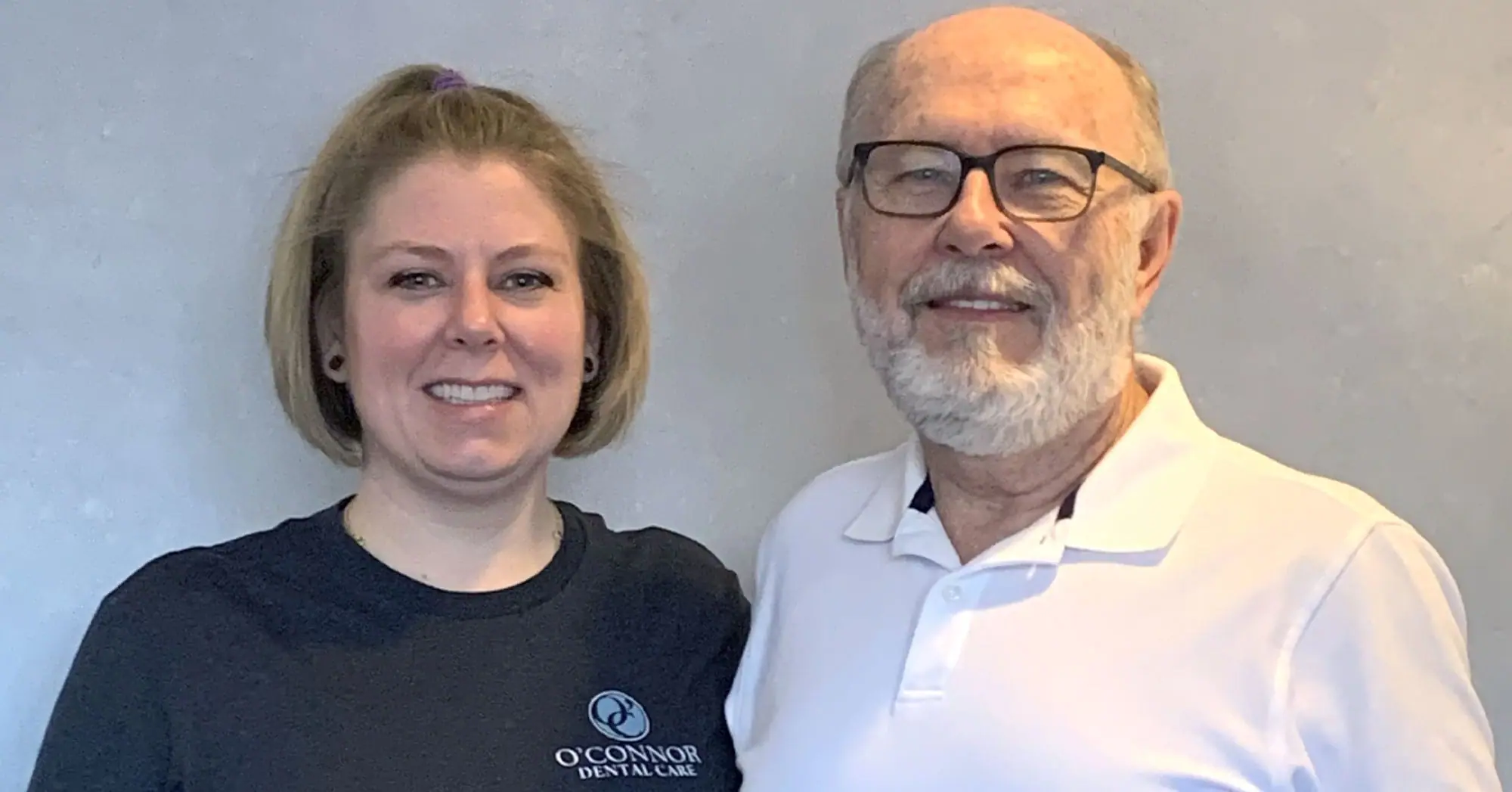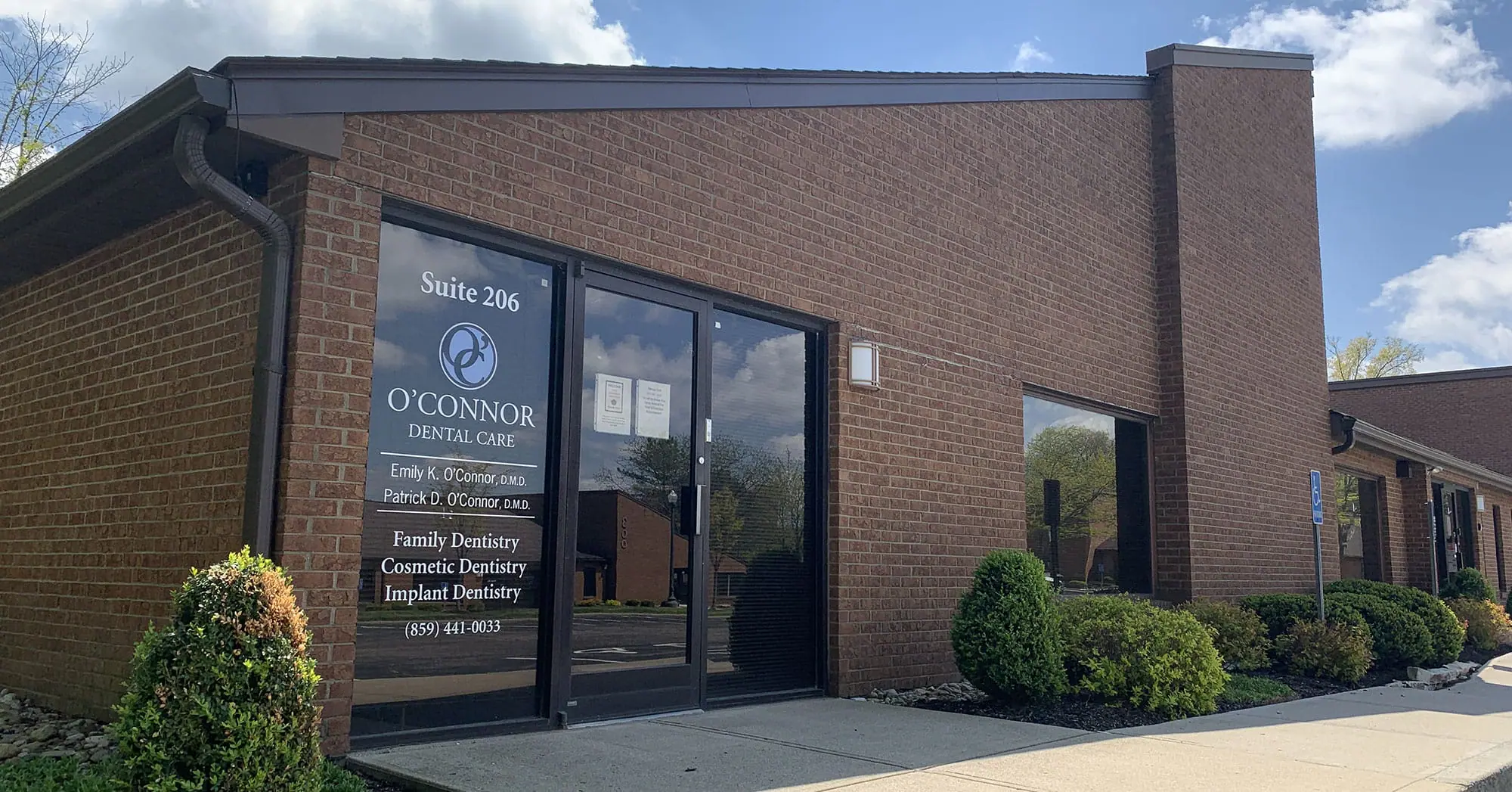Differences Between Caring for Children’s Teeth and Adult Teeth

Maintaining good oral health is a lifelong journey. And it’s important to be aware of the various stages our teeth undergo to ensure we are doing our best to preserve a happy, healthy smile.
Your age range can be one of the biggest factors in determining how to care for your teeth. And we at O’Connor Dental Care want you and your family to have the knowledge and tools necessary for excellent oral health.
This is why we are focusing on the differences between caring for children’s teeth and adult teeth in this blog.
What do I need to know about my children’s primary teeth?
To better understand how to care for your kids’ teeth, we’ll first name different primary teeth and when they develop and fall out.
Primary teeth, also known as deciduous teeth, and most commonly called baby teeth, begin developing in the embryonic phase. They grow through the gum line when your child is about six months of age, with the lower teeth coming in first. Eventually, your child will have about 10 upper and 10 lower teeth.
These teeth include:
Central incisors – the lower set grows in at about six to 10 months, while the upper set emerges at about eight to 12 months. They typically fall out between the ages of six and seven years.
Lateral incisors – upper laterals emerge between nine to 13 months, while lowers come in at about 10-13 months. Between the ages of seven and eight, laterals fall out.
Cuspids – also known as the canines, the upper set comes in between 16-22 months of age, while the lower does so at about 17-23 months. They fall out between the ages of nine and 12 years.
Molars – upper first molars emerge at about 13-19 months, while lower firsts come in at about 14-18 months. They fall out between nine and 11 years of age. Second upper and lower molars grow in at about 23-33 months and then shed at about 10 and 12 years.
Wisdom teeth – the last teeth that develop, wisdom teeth grow in when we’re about 17-21 years of age. They do not fall out on their own, although sometimes a dentist may need to remove a patient’s wisdom teeth.
How do I care for my child’s teeth?
Even though baby teeth fall out, it’s still important to take care of them as best as possible. After all, your child needs these teeth to eat, speak, and smile.
You should begin providing oral care for your child as soon as they are born. As you may imagine, it is a different process from how you care for your own adult teeth. And though newborns do not have teeth, you should gently wipe their gums with a wet cloth to keep them clean.
At the first sign of tooth development, when your child is a few months old, start using fluoride toothpaste and “brush” their teeth gently with your fingertip. Until they are three years old, use only a rice grain-sized amount of toothpaste. For children three and older, a pea-sized amount is appropriate.
Until they are old enough to hold a toothbrush themselves, you should be brushing your kids’ teeth. Even then, it’s important to monitor them to ensure they understand how to brush and for how long. Once they have this down, your child can brush on their own (just make sure you always remind them when they forget!)
Here are some other habits to keep in mind:
Make your child’s first dental appointment around their first birthday and ensure they have regular dental checkups thereafter.
Make sure to also gently floss between your child’s teeth as soon as a full set of teeth emerge.
Restrict sugary foods and beverages to prevent cavities.
No matter the age of your child, brush baby teeth twice a day, just as you do for your own teeth.
What types of dental treatments are appropriate for kids?
For little ones, we always recommend both fluoride treatments and dental sealants as preventative measures.
Dental sealants are thin protective coatings we paint onto the surface of teeth, typically the back of molars. They help prevent tooth decay and can last up to 10 years.
Dentists also paint fluoride treatments on to tooth surfaces. They are especially helpful in protecting developing teeth from cavities by strengthening enamel and preventing bacteria buildup.
What types of dental treatments are important for adults?
Like with baby teeth and the teeth of children, adults need to brush twice a day, floss, and attend regular dental checkups.
Adults can also benefit from dental treatments like sealants, fluoride, and aligners. Adults may also decide if they want cosmetic work, such as bridges, crowns, and veneers, or restorative treatments, like fillings and dentures.
For both primary and secondary teeth, proper care is the best way to prevent painful and costly dental work. If you have questions about caring for your teeth or your child’s, please don’t hesitate, consult O’Connor Dental Care today.











